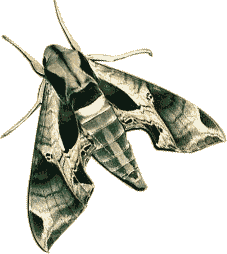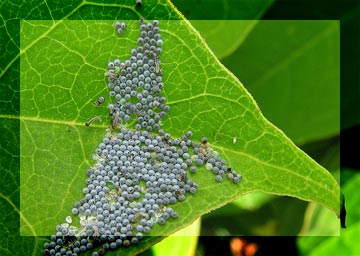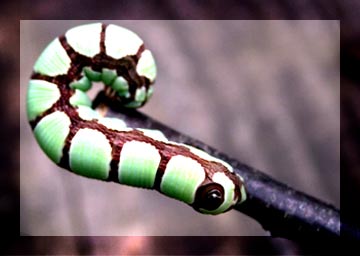Surviving the numbers game
 Many animals have hundreds, thousands, or even tens of thousands of babies. You can bet that these offspring are not being doted on, spoiled, or gifted with designer jeans. Nope, in fact, their parents expect most of them to die.
Many animals have hundreds, thousands, or even tens of thousands of babies. You can bet that these offspring are not being doted on, spoiled, or gifted with designer jeans. Nope, in fact, their parents expect most of them to die.
For example, the sphinx moth lays up to 1000 eggs on the underside of leaves. In one (fictional) experiment, 327 out of 500 eggs survived to hatching. In a second experiment, 7 out of 70 caterpillars survived to become adult moths. Given this information, what is the likelihood that any given egg will survive to adulthood?
Surviving to adulthood implies that the egg survived to become a caterpillar AND the caterpillar survived to become an adult moth. So,
P(survival to adulthood) =
P(egg → caterpillar) × P(caterpillar → adult)
These two events are independent as we have two different experiments here. In the second experiment, where the caterpillars survive to become adult moths, we are not using the eggs that survived from the first experiment.
 |
Just what are these probabilities? Based on the information above, 327 out of 550 eggs survived to caterpillarhood, i.e., P(egg → caterpillar) |
 |
Likewise, P( caterpillar → adult) |
 |
So, P(egg → adult) |
Copyright University of Maryland, 2007
You may link to this site for educational purposes.
Please do not copy without permission
requests/questions/feedback email: mathbench@umd.edu